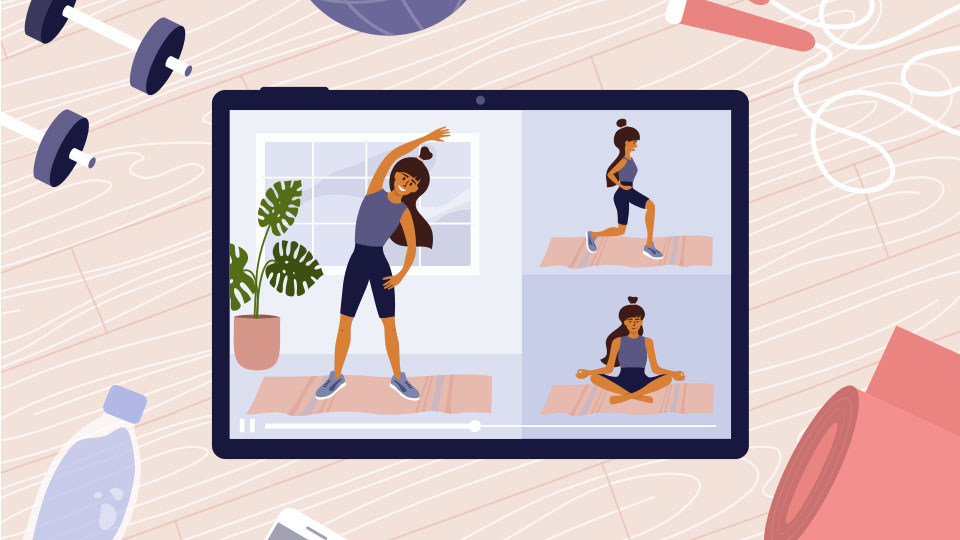It has been just over one year since much of the world entered COVID-19-related lockdown measures. This confinement has considerably reduced levels of physical activity, with medical experts raising concerns about the long-term public health consequences of increasing sedentary behaviour. The pandemic has also made finding internship opportunities—especially interactive and in-person jobs—difficult for many students.
In response to these concerns, two kinesiology students launched the McGill Movement Crew. The initiative connects kinesiology students with non-kinesiology students, facilitating a trainer-trainee relationship wherein kinesiology students develop exercise programs tailored to the needs of their fellow students.
In an interview with The McGill Tribune, creators of The McGill Movement Crew Ioana Gheta and Thalia Krauth-Ibarz, both U2 Kinesiology, discussed how the initiative came to life and its benefits on kinesiology and non-kinesiology students alike.
“When COVID started, a lot of [kinesiology] students were looking for volunteer and internship opportunities [and] obviously a lot of things were closed and unavailable,” Gheta said. “On the other hand, we had students in situations where gyms were closed [and they] could not do gym sports or intramurals. We decided to create this platform to bridge the gap between these two groups.”
The process is personalized to the needs of the individual seeking an exercise plan. Krauth-Ibarz explained how the mutually beneficial exchange works.
“[We first give] a couple of questionnaires asking [non-kin students] about their exercise experiences, habits, and goals, and pair them up with kin students,” Krauth-Ibarz said. “From there, they meet with the participants [virtually] and create personalized workouts for them for the duration of the semester.”
Students who share similar exercise goals can commit to the same exercise program together by signing up as a group and receiving supervision from the same kinesiology student. Kinesiology students who lack the confidence to deliver exercise plans on their own have the option of creating plans in teams.
“We get a feeling of [a student’s] motivation, goals, and what they are striving towards and then give them a workout for a short period,” Gheta said. “We do have essential checkups to see what’s working and what’s not [and] how [the participants] feels [….] It’s all done in a step-by-step process, and the progression is monitored.”
For kinesiology students, applied work experiences like these are invaluable. Internships are regarded as ways to try out potential career paths and obtain real-life work experience, but the pandemic has limited these opportunities. The McGill Movement Crew offers kinesiology students a chance to develop skills by applying their knowledge to create programs.
“There is also a step […] called the Kin huddle [where we] get some advice on the workout programs before we administer them, since we’re students and still learning,” Krauth-Ibarz said. “We also tried to make sure that [kinesiology] students have resources and can ask professional [kinesiologists] who have been working for a long time. If there is a specific question we feel we cannot answer […], we have two kin professors with us that we are able to ask questions to and are always there to help.”
Gheta and Krauth-Ibarz have long-term plans for the McGill Movement Crew. Whether or not the pandemic lockdown persists, the duo plans on maintaining the initiative.
“We hope to get into the gym with our participants [next semester, but] if we can’t go to school, we will deliver in the same way we are now,” Krauth-Ibarz said. “We would love for [kinesiology] students to have that hands-on experience, and get that face-to-face interaction […] but also COVID has given us a really great base for times when that can’t happen [….] It’s given us a lot of great things we’re going to keep.”








